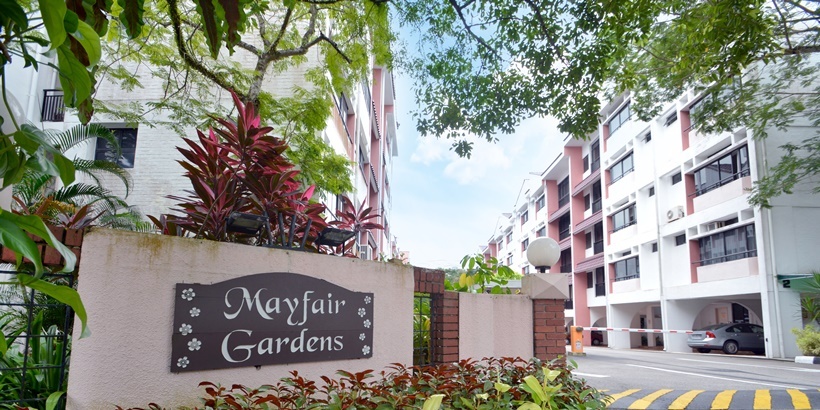
Earlier this year, New York State developed a brownfield redevelopment plan. Soon afterwards, the Iowa State Senate passed a similar expense developing a redevelopment tax program for brownfield and greyfield sites in that state.
The cost of cleaning brownfield sites can be so high as to prevent them from being developed at all. As a result, the damaging impurities remain in the environment, posing health risks while the abandoned residential or commercial property concurrently prevents the community's economic development.
The redevelopment of greyfields generally costs less because there are no harmful pollutants to dispose of. In addition, the existing facilities (including plumbing and electrical wiring) can in fact minimize the expense of development.
A revitalization plan released by the U.S. Department of Real Estate and Urban Development (HUD) in 2005 suggested greyfields as feasible development opportunities because of their often-close proximity to primary traffic arteries and public meeting place like sports complexes.
In 2002, President Bush signed into law the Small Business Liability Relief and Brownfields Revitalization Act, which assigned more financing for the clean-up and development of brownfield sites. Regrettably, due to the fact that greyfields position no real environmental or health threats, there is little federal funding designated particularly for their development.
Iowa's just recently passed legislation allows the state's Department of Economic Development to apply up to $5 million of its allocated redevelopment tax credits for both brownfield and greyfield websites. A minimum 24 percent credit is available for brownfield websites, and is increased to 30 percent for green developments. With this brand-new law in location, more money Mayfair Collection by Oxley is now readily available for investors and contractors willing to explore development possibilities on home deemed brownfield or greyfield.
Legislators hope the brand-new arrangement offers reward for developers to utilize old industrial websites and vacant shopping centers, which are plentiful, rather than seeking to build on formerly unused land. Other states are considering comparable legislation as they look for imaginative methods to encourage development while keep expenses as low as possible.
Quickly thereafter, the Iowa State Senate passed a comparable costs establishing a redevelopment tax program for brownfield and greyfield websites in that state.
Iowa's just recently passed legislation enables the state's Department of Economic Development to apply up to $5 million of its assigned redevelopment tax credits for both brownfield and greyfield websites. A minimum 24 percent credit is readily available for brownfield websites, and is increased to 30 percent for green developments. With this brand-new law in place, more cash is now available for investors and home builders ready to explore development possibilities on residential or commercial property considered brownfield or greyfield.